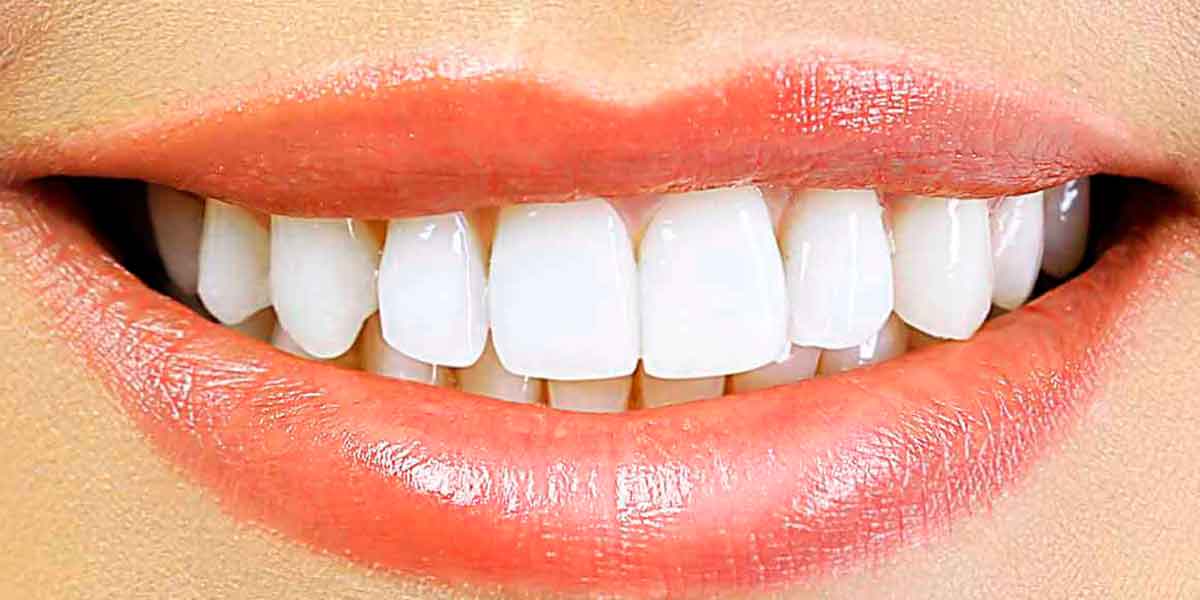A radiant, white smile can transform your appearance and elevate your self-assurance. Teeth whitening is a sought-after cosmetic dental procedure that can eliminate stains and discoloration, resulting in a dazzling smile. However, it is vital to opt for safe and efficient methods to prevent any harm to your teeth and gums. In this piece, we will delve into the advantages of teeth whitening, different whitening techniques, and tips for a secure and successful treatment.
Advantages of Teeth Whitening
Teeth whitening offers numerous benefits beyond just enhancing your smile. Here are some of the key advantages:
Enhanced Appearance
Brightening your teeth can significantly improve your overall appearance. A luminous smile can make you appear younger, healthier, and more appealing. It can also boost your confidence in social and professional settings.
Increased Self-Confidence
A whiter smile can elevate your self-esteem and confidence. Knowing that your teeth look their best can make you feel more at ease speaking, laughing, and smiling around others.
Diminished Appearance of Wrinkles
A radiant, white smile can divert attention from facial wrinkles, giving you a more youthful appearance. The focus on your dazzling smile can make other facial imperfections less prominent.
Techniques for Teeth Whitening
There are various methods available for teeth whitening, ranging from professional treatments to at-home solutions. Each method has its advantages and considerations. Let’s explore the most common teeth whitening methods:
Professional In-Office Whitening
Professional in-office whitening is conducted by a dentist and provides the most dramatic results. This method involves applying a high-concentration bleaching agent to your teeth, which is activated by a special light or laser. The entire process typically takes about an hour, and you can see noticeable results immediately.
Advantages of Professional In-Office Whitening
- Swift and effective results
- Performed under professional supervision
- Can achieve several shades lighter in one session
Considerations for Professional In-Office Whitening
- Higher cost compared to other methods
- May cause temporary tooth sensitivity
At-Home Whitening Kits
At-home whitening kits offer a convenient and cost-effective alternative to professional treatments. These kits usually include custom-fitted trays and a lower-concentration bleaching gel. You wear the trays for a specified period each day, typically for a few weeks, to achieve gradual whitening.
Advantages of At-Home Whitening Kits
- Convenient and can be done on your schedule
- Lower cost compared to professional treatments
- Gradual whitening allows for better control over results
Considerations for At-Home Whitening Kits
- Results take longer to achieve
- May cause tooth sensitivity
- Requires consistency and patience
Whitening Toothpaste and Rinses
Whitening toothpaste and rinses are the simplest and most affordable options for teeth whitening. These products contain mild abrasives and small amounts of bleaching agents that help remove surface stains and maintain the whiteness of your teeth. However, they are not as effective as other whitening methods for deep stains.
Advantages of Whitening Toothpaste and Rinses
- Easy to incorporate into your daily routine
- Low cost
- Helps maintain results from other whitening treatments
Considerations for Whitening Toothpaste and Rinses
- Less effective for deep stains
- Results are gradual and less noticeable
Safety Measures for Teeth Whitening
While teeth whitening is generally safe, it is crucial to adhere to specific guidelines to avoid potential risks and side effects. Here are some tips for safe teeth whitening:
Consult with Your Dentist
Before commencing any teeth whitening treatment, consult with your dentist. They can evaluate your dental health, recommend the best whitening method for you, and ensure that your teeth and gums are in good condition for the procedure.
Follow Instructions Carefully
Whether using an at-home kit or undergoing professional treatment, it is essential to follow the instructions meticulously. Overusing whitening products can lead to tooth sensitivity and enamel damage.
Use Desensitizing Products
If you experience tooth sensitivity during or after whitening, use desensitizing toothpaste or gels. These products can help alleviate sensitivity and make the whitening process more comfortable.
Avoid Staining Foods and Drinks
To preserve your newly whitened smile, steer clear of foods and drinks that can cause staining, such as coffee, tea, red wine, and tobacco. If you do consume these items, rinse your mouth with water afterward to minimize staining.
Maintain Good Oral Hygiene
Good oral hygiene is crucial for upholding the results of your teeth whitening treatment. Brush your teeth twice daily, floss daily, and visit your dentist regularly for check-ups and cleanings.
In Conclusion
Teeth whitening can bestow a remarkable look that enhances your smile and elevates your confidence. By understanding the various whitening methods and adhering to safety tips, you can achieve effective and safe results. Consult with your dentist to determine the best whitening option for you and relish the benefits of a bright, beautiful smile.




